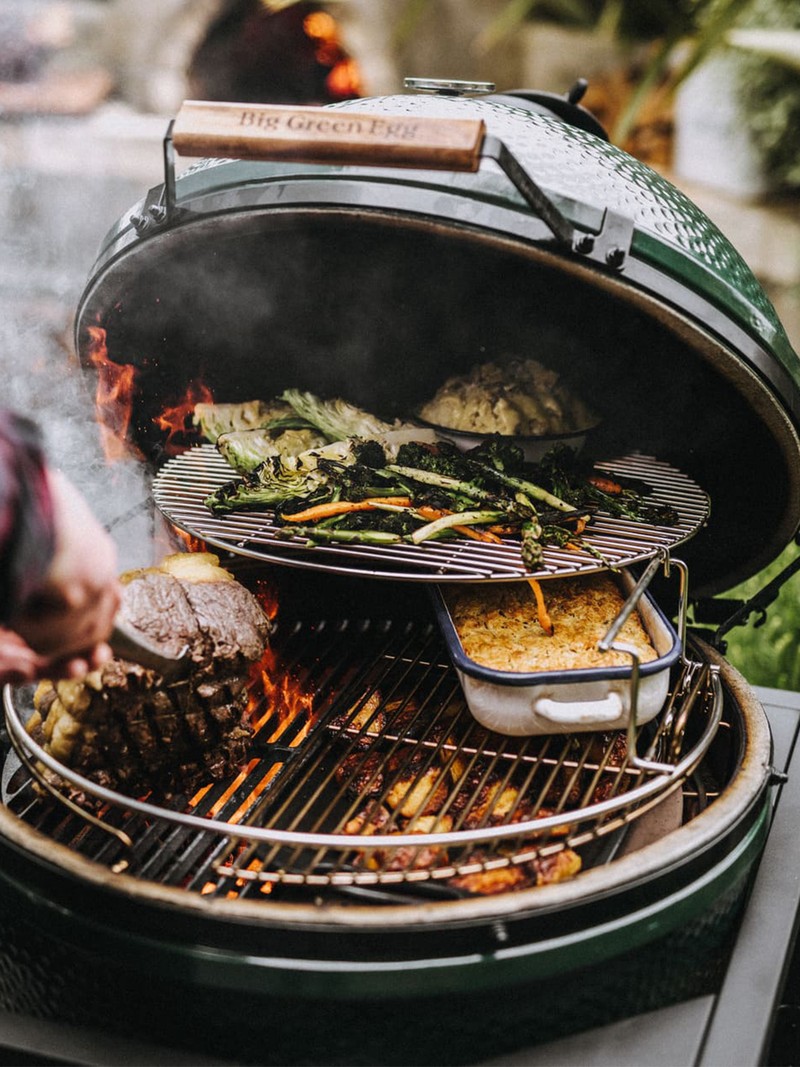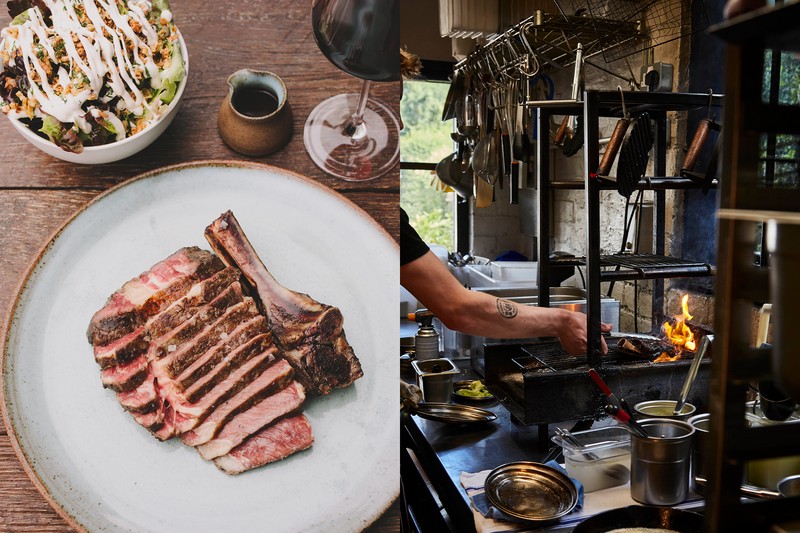How To BBQ Like A Pro
Stu Deeley
Smoke at Hampton Manor
“The most common mistake people make when barbecuing at home is being impatient. You need to let the coals reach peak temperature. There’s limited air flow on most domestic-sized barbecues, so getting a sense of temperature comes with practice. I recommend investing in an infrared thermometer, and if you want to add smokiness, add pine branches to the white hot coals and place a lid or a mixing bowl on top to lock it in.
“While the BBQ is heating up, allow your meat or fish to come to room temperature. When you are cooking over direct heat, you also need to turn your meat and fish often to achieve a consistent cooking degree.
“My favourite thing to BBQ is monkfish. I like to lightly sear it in a pan with foaming butter, garam masala, a pinch of salt and lemon juice, before finishing it over the coals. With seafood, you want a hot temperature to achieve a good char, but you want it off the grill quickly as seafood is either a jewel of the sea or, when overcooked, like a tyre. I like to lather everything in smoked butter anyway, so maybe that's the trick. If you’re cooking whole fish like turbot or brill, use a fish clamp.
“Because of the direct heat it's good to cook harder vegetables slowly in a tinfoil parcel with good olive oil and salt. Then give them a hard char once cooked. Every Sunday at Smoke we do a roast in our own style. Greens are usually barbecued hispi cabbage topped with smoked broad beans and peas, or crispy kale with a dill and garlic dressing. One of my favourite side dishes is a cauliflower and broccoli salad with a simple dressing of smoked olive oil, rice wine vinegar, lemon, lots of fresh mint and coriander, flaked almonds and raisins. We serve it with barbecued harissa lamb and flatbreads.”
Visit HamptonManor.co.uk
Andrew Clarke
Acme Fire Cult
“When it comes to burgers, simple is best. I only ever use plain beef mince for the patties. No other ingredients, except salt and black pepper. Source the very best beef you can, with 20% fat content. When the beef is exceptional, you don't need to add other ingredients. Roll them into 90g balls and smash them down onto a hot skillet, so they get nice and crispy on the outside. Top with American cheese and serve in a soft potato roll or milk bun (ditch those brioche buns) with a little raw onion and gherkins. Add mustard, mayo and ketchup as you wish. Simple.
“Chicken, sausages and burgers are also failsafe options, but don’t be afraid to think outside the box. I love barbecued pork belly – Tamworth and Middle White are great breeds, and you can dry-age them at home. The skin becomes so hard you need to score it with a Stanley knife, meaning it’ll have insanely good crackling. I make a simple rub of Maldon salt, lemon zest, sage and fennel seed, then work it into the scored skin. I like to grill it over very hot charcoal and smouldering wood (preferably oak, apple or almond), turning regularly for the first 10-15 minutes, before putting it on a higher shelf to continue cooking slowly until it reaches 92°C. Let it rest for 15-20 minutes before cutting into thick slices. It’s delicious with a Mexican salsa verde of charred green tomatoes, jalapeno, garlic, cumin, lime and coriander.
“As a rule of thumb, the low and slow method is made for big joints like brisket (18+ hours), pork back ribs (4-5 hours) and pork butt (10+ hours). Grilling is much quicker and works best for kebabs, chops, fish and veg – anything that takes 45 minutes or less. Most of the smoke flavour happens in the first hour of cooking. After that, you’re good to start applying sauces and bastes. A decent BBQ should also have a built-in thermometer and airflow controls. While the thermometer isn’t the most accurate, it will give some indication of what temperature you’re set to. Try to work between 107°C and 121°C. To prevent it sticking to the grill, rub the meat with a little fat, like oil or butter. It’s always worth using a meat thermometer, so invest in a decent one to up your game.”
Visit AcmeFireCult.com
Jimmy Garcia
Jimmy’s Pop-Up
“Before you light the fire, prepare the meat and marinades. I’m a huge fan of green sauces – salsa verde is my favourite as it goes with most meat and fish. Blitz together a small bunch of basil, mint and parsley, plus capers, cornichons and a teaspoon of mustard. Add in a good glug of olive oil and blitz until you have a spoon-able sauce. I’m a Big Green Egg guy through and through, so firing that up is my next task.
“To achieve that authentic, smoky, charcoal-kissed flavour, you need to use top-quality wood or charcoal. We get our charcoal from Lord Logs in Peckham which uses pruned branches of Holm oak trees. The team are real pros and know everything about quality charcoal. Wood chips are also great for different smoky accents, but remember to soak them in water before adding them. I use a firelighter, with the bottom vent of the BBQ open. Create a pyramid with the charcoal then add more on top so there’s space for airflow. After 20 minutes you can close the lid, wait for another 30 minutes and you’re good to go.”
Visit JimmyGarciaCatering.com
Phil Wood
Contura
“Before you even consider firing up the BBQ, give it a good wash with hot soapy water to ensure you thoroughly remove any remnants of last year’s grilling. Ideally, you should clean the grill after every use, but a good deep clean at the start and end of barbecue season is essential. As with all outdoor cooking, you are lighting a fire and need to ensure it’s done safely. Ensure your BBQ is placed on a non-combustible surface such as a patio, gravel or paving slabs – not grass. Most BBQs have a handy base and drip tray to catch fat and prevent it from sticking and burning. The base will catch any errant sparks that could cause a fire hazard, so make sure to use it.
“If you’ve got a modern charcoal BBQ, the lighting process is a lot quicker, but be aware it produces a stronger flavour – particularly in white meats and fish. To light it, place the charcoal onto the grate, keeping the pieces away from the edges to keep the fire contained. For a quick catch, add two or three natural firelighters to get an even spread. Once it’s lit, don’t be tempted to put items on too early – oil or fat will trigger the flames and burn the outside. Instead, wait for the fire to die down until the charcoal is grey in colour, then simply place the grills in position to begin cooking. You should also make sure any refrigerated ingredients are brought to room temperature before adding to the grill to guarantee a more even grill. Once you’re cooking, leave the grill alone. It can be tempting to constantly check on your food, but this just allows heat to escape and will increase the cooking time. Best to just leave the lid on and relax.”
Visit Contura.eu
SHOP THE EXPERTS' EDIT
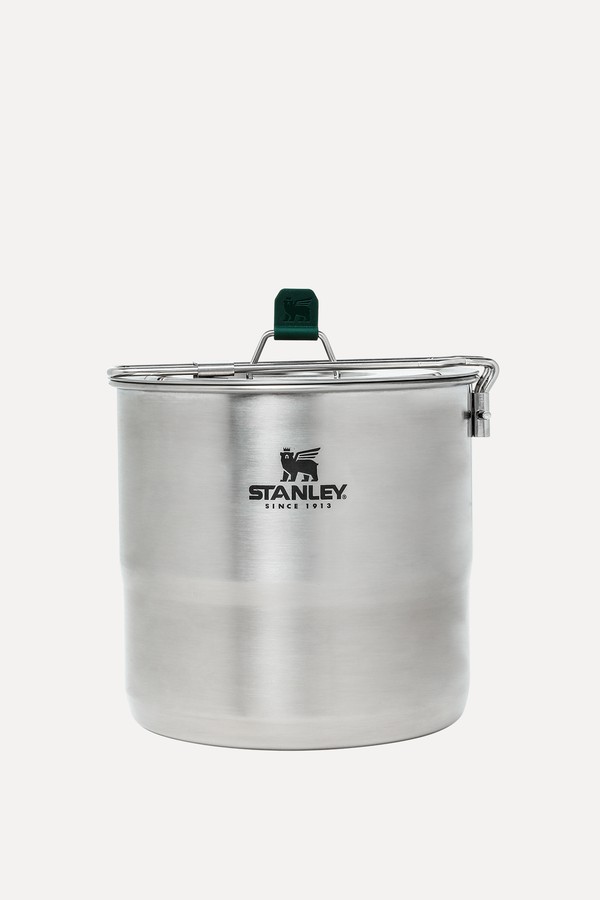
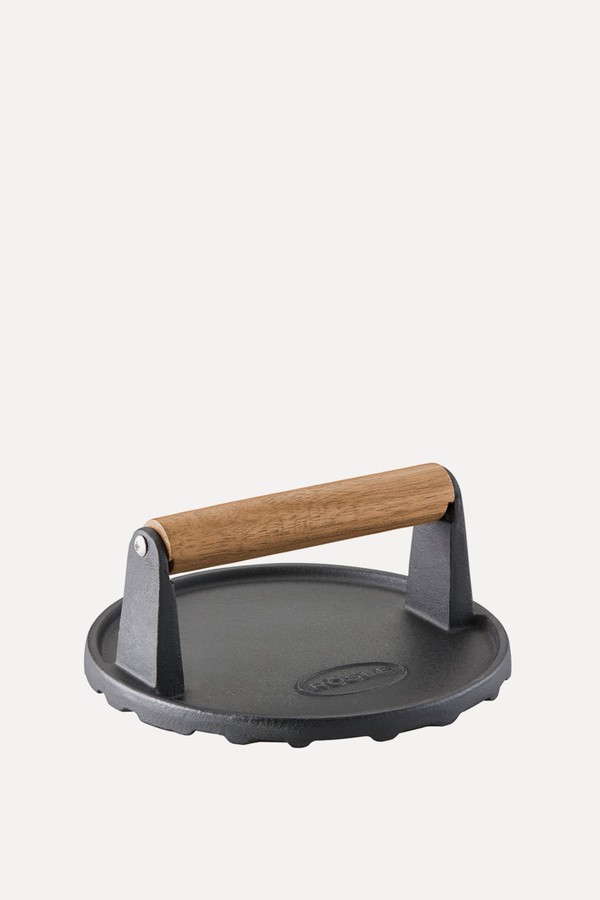
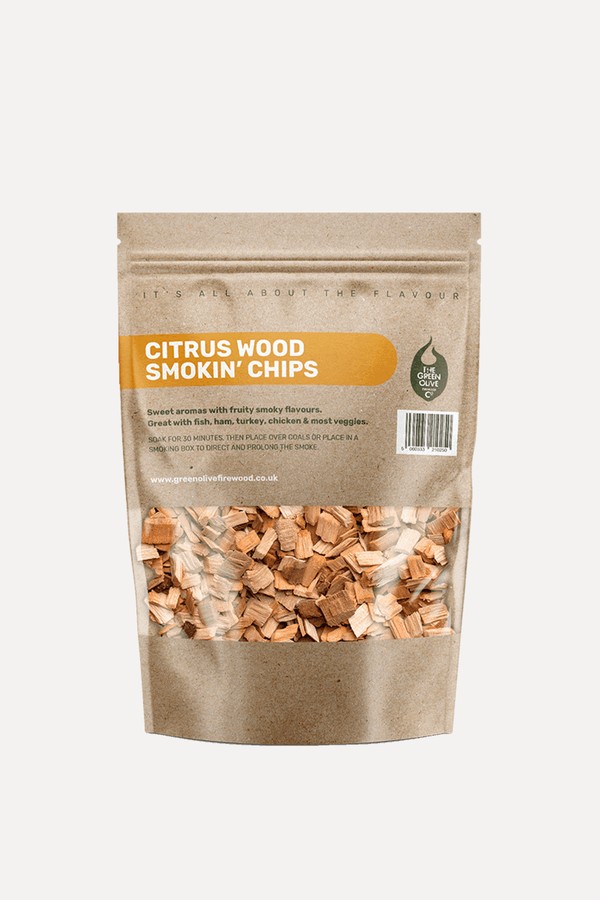
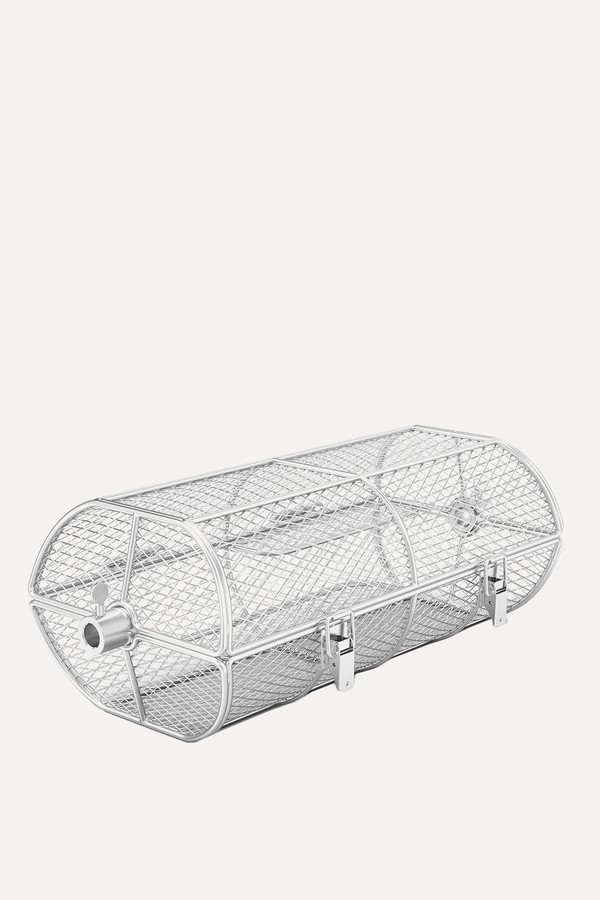
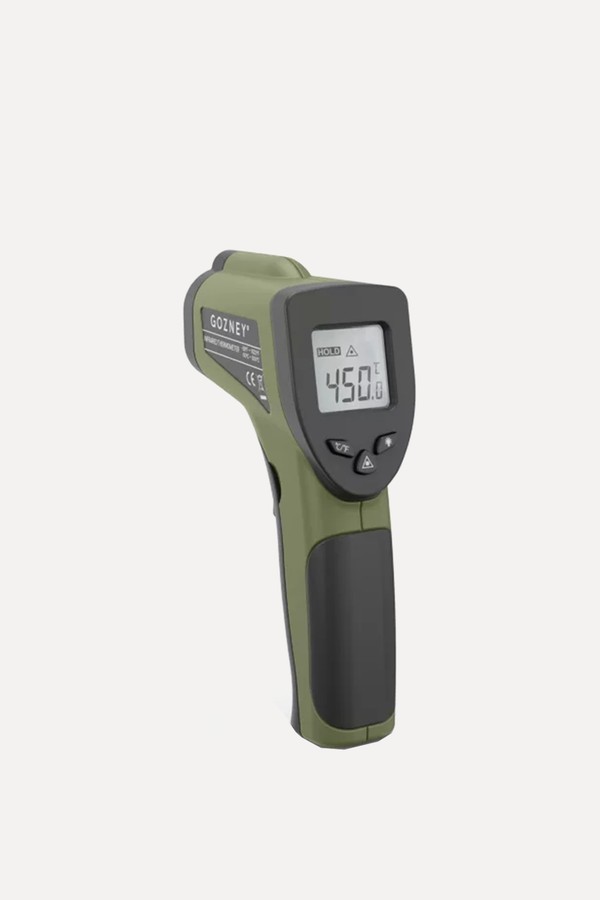

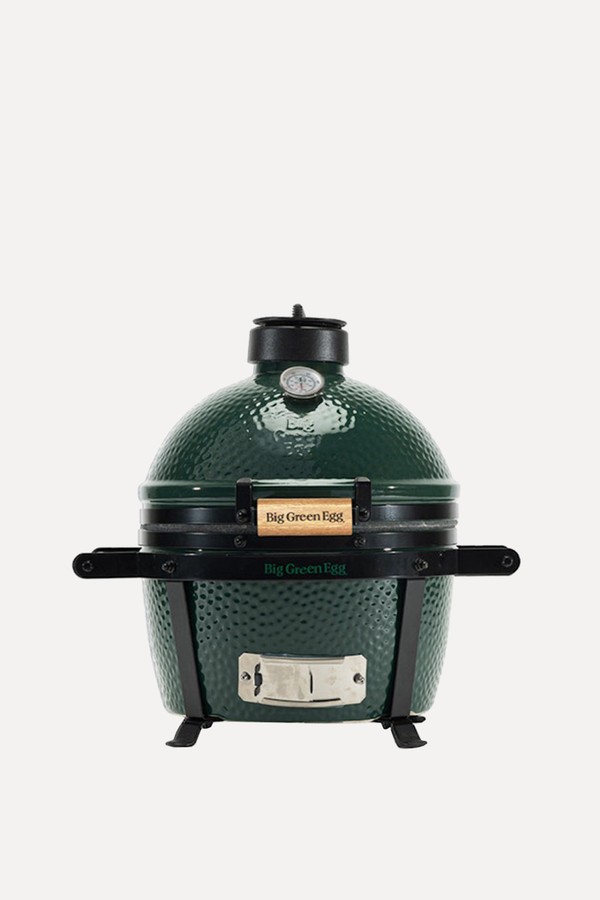

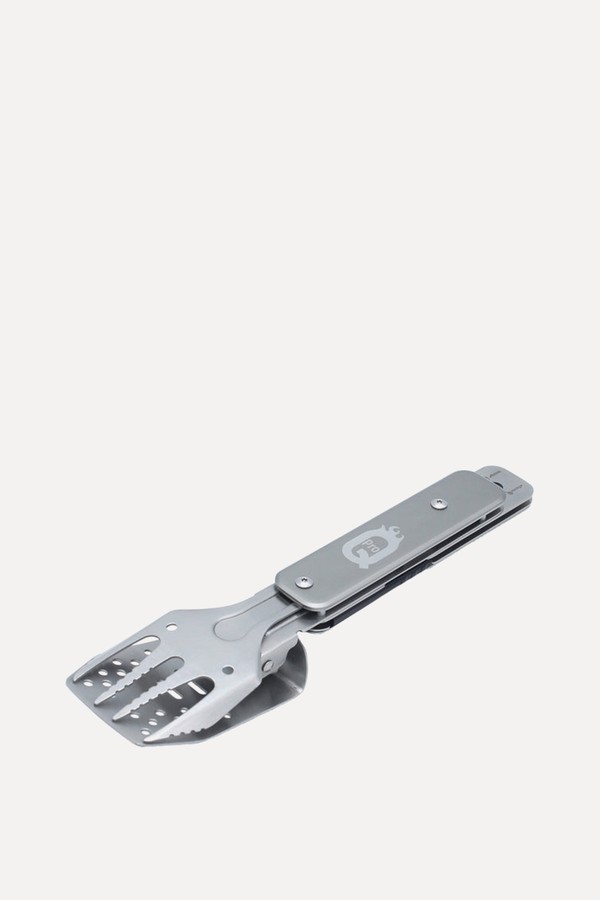
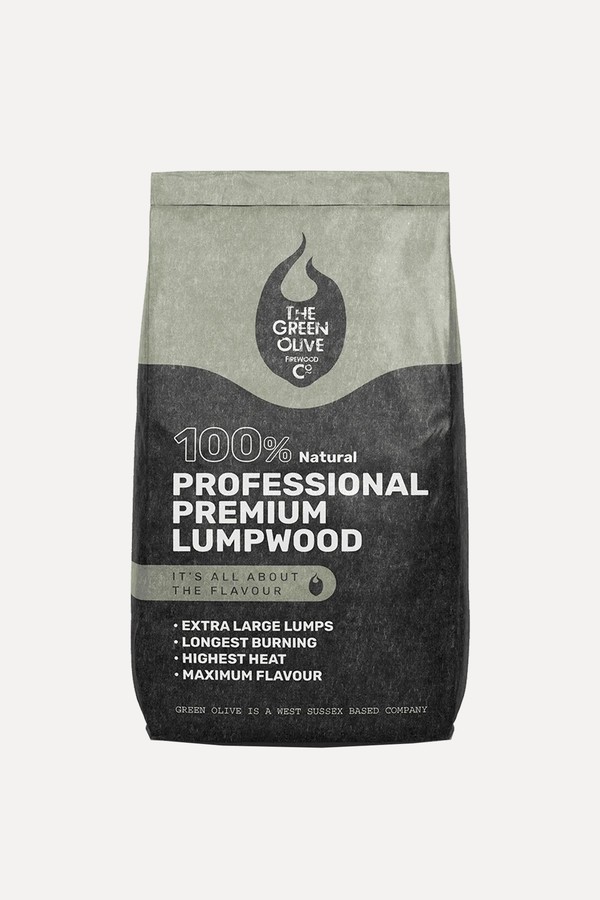
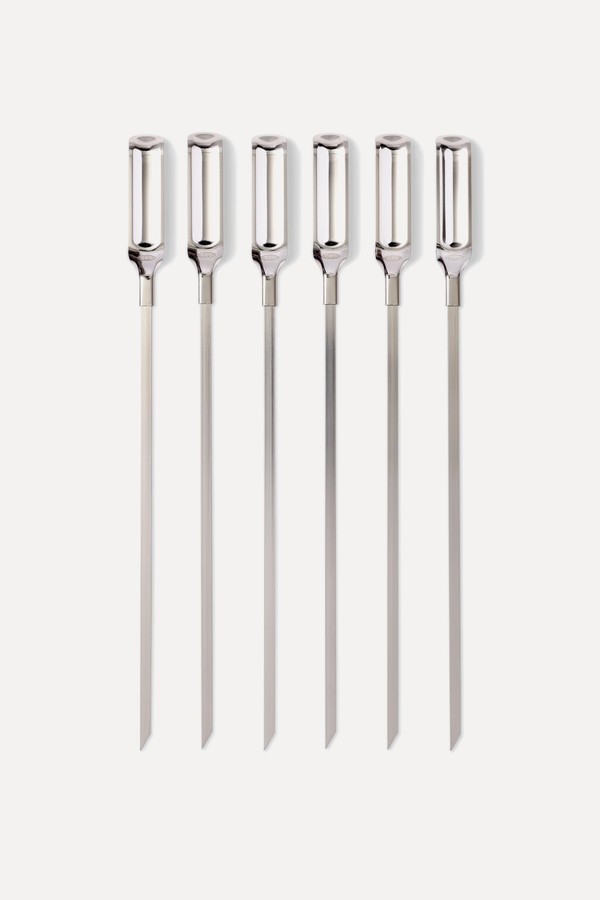
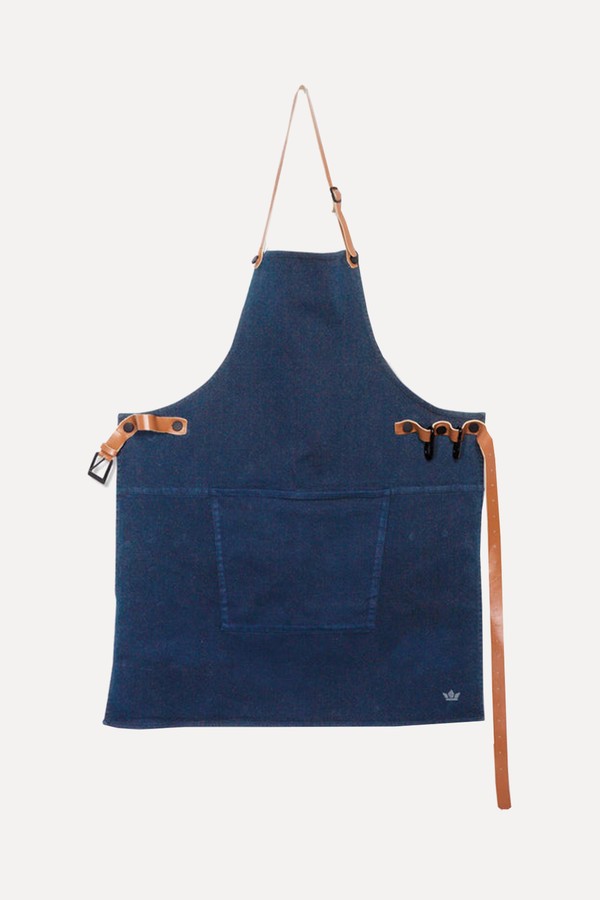
All products on this page have been selected by our editorial team, however we may make commission on some products.
DISCLAIMER: We endeavour to always credit the correct original source of every image we use. If you think a credit may be incorrect, please contact us at [email protected].
